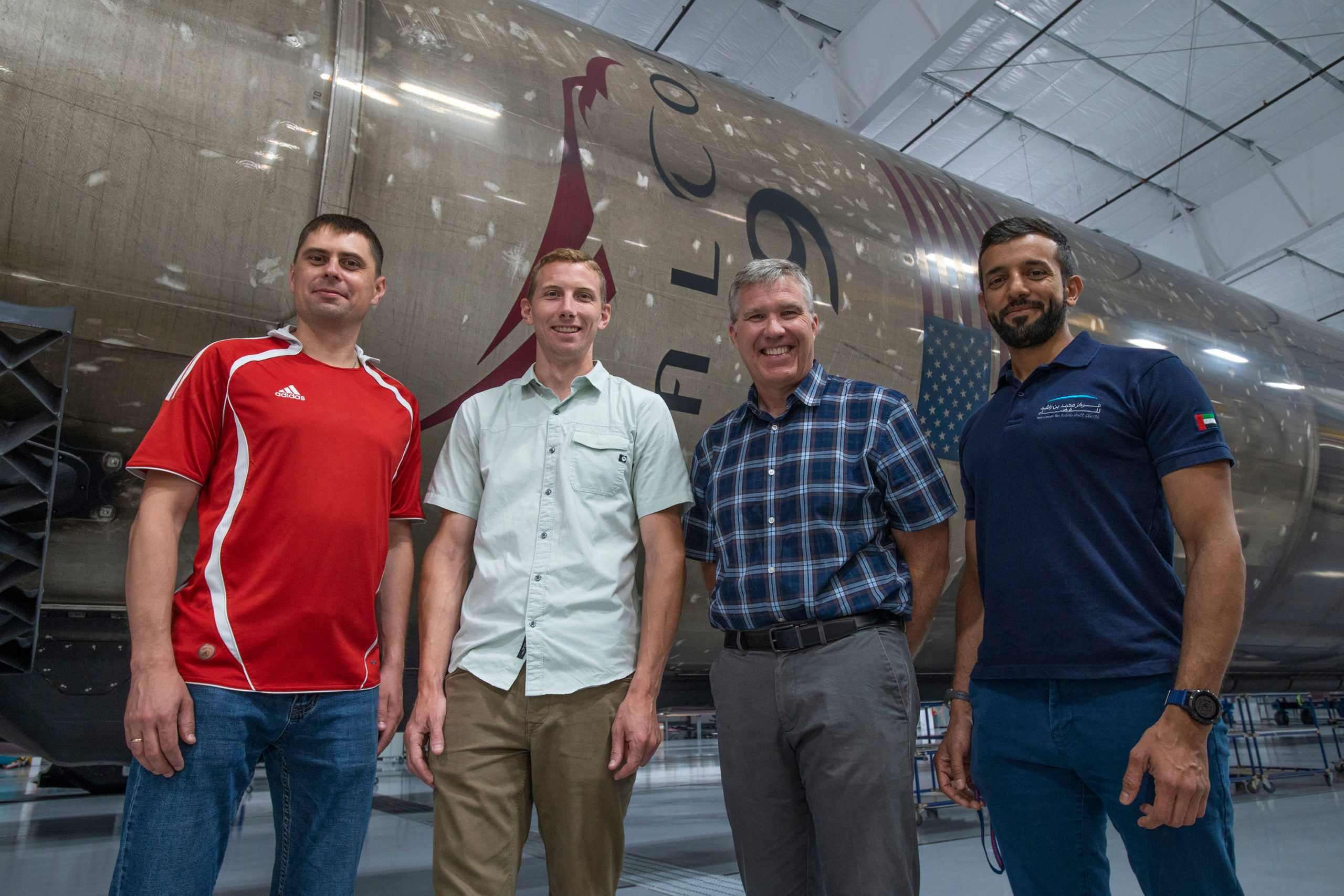
Four spacefarers from three nations, including the first representative of an Arab country to embark on a long-duration International Space Station (ISS) increment, are gearing up for launch no earlier than 1:45 a.m. EST Monday. NASA astronauts Steve Bowen and Warren “Woody” Hoburg, Russia’s Andrei Fedyayev and Sultan Al-Neyadi of the United Arab Emirates (UAE) will ride Dragon Endeavour—making her fourth flight, having initially launched back in May 2020 with “Bob and Doug”—and spend up to six months on the sprawling orbital complex, during which they expect to welcome a pair of Cargo Dragons, a Northrop Grumman Corp. Cygnus resupply freighter and crewed missions in the form of AxiomSpace, Inc.’s all-private Ax-2 and the long-awaited Crew Flight Test (CFT) of Boeing’s CST-100 Starliner.
Dragon Endeavour arrived at SpaceX’s Pad 39A hangar last weekend for integration atop the brand-new B1078 booster last weekend and the 230-foot-tall (70-meter) stack was rolled horizontally out to the pad surface overnight Tuesday/Wednesday. Yesterday morning, the crew performed a full “Dry Dress” rehearsal of their launch-day activities and—as is customary with “new” boosters—B1078 was put through a brief Static Fire Test of her nine Merlin 1D+ engines.
Assuming an on-time launch Monday from historic Pad 39A at Florida’s Kennedy Space Center (KSC), Bowen, Hoburg, Fedyayev and Al-Neyadi will follow a day-long, 16-orbit rendezvous profile. They are slated to dock autonomously at the space-facing (or “zenith”) port of the station’s Harmony node at 2:38 a.m. EST Tuesday 28th.
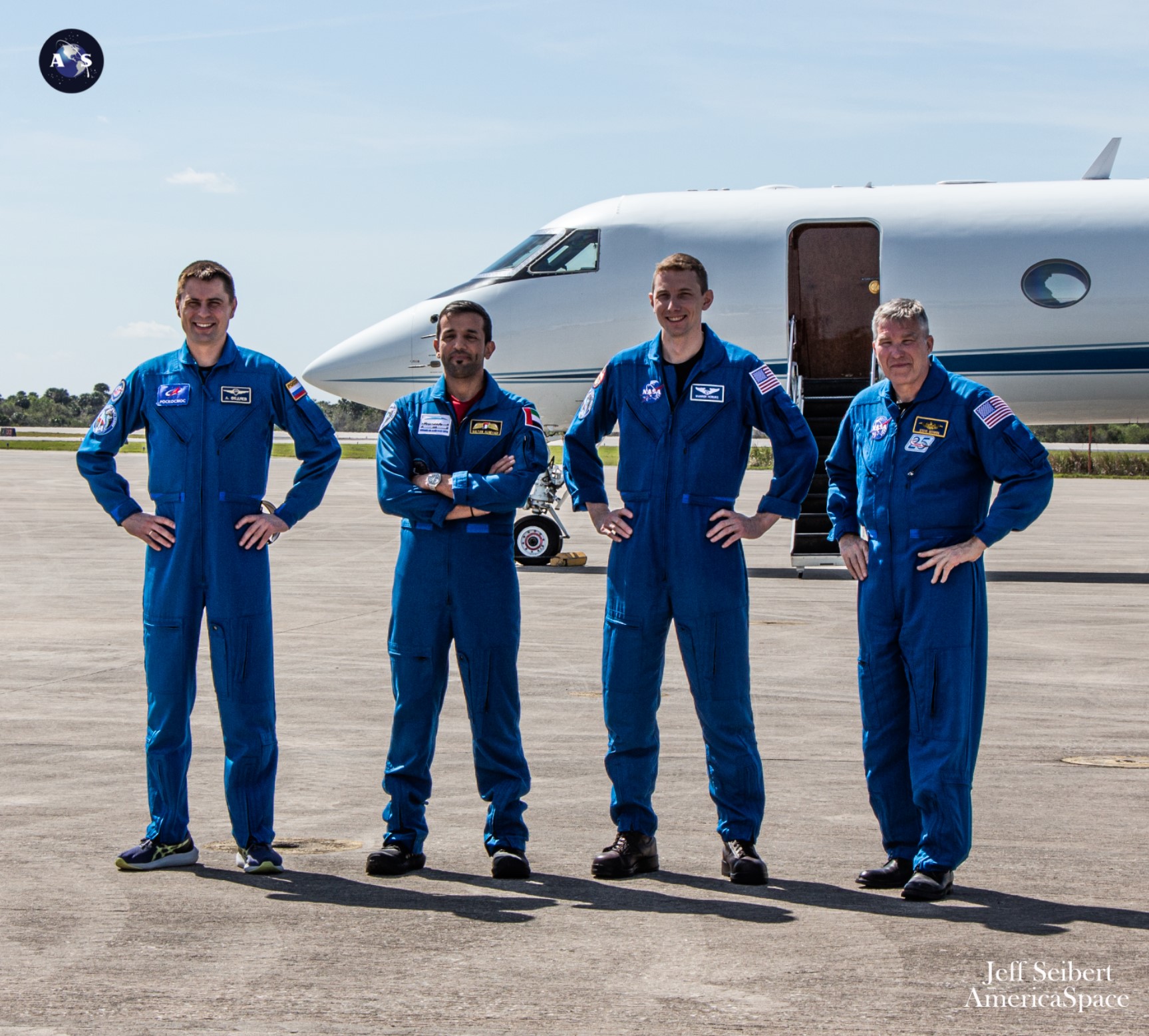
After customary pressurization and leak checks, hatches will be opened around 4:25 a.m. EST, with a formal welcoming ceremony at 5:10 a.m. EST. That will be hosted by the incumbent Expedition 68 crew of Commander Sergei Prokopyev of Russia, fellow cosmonauts Dmitri Petelin and Anna Kikina, Japan’s Koichi Wakata and U.S. astronauts Frank Rubio, Nicole Mann and Josh Cassada.
A pre-departure news conference with the outgoing Mann, Cassada, Wakata and Kikina—who launched to the ISS last 5 October aboard Dragon Endurance—is presently targeted for Wednesday, 1 March, with an expectation that the quartet will undock and depart for their return to Earth on Saturday, 4 March. They will wrap up 150 days on-orbit, which has seen them support hundreds of research experiments, welcome a SpaceX Cargo Dragon, a pair of Russian Progress freighters and a Northrop Grumman-built Cygnus and execute five U.S. spacewalks, totaling more than 35 hours to outfit the station with new ISS Roll-Out Solar Arrays (iROSAs), modification kits and other upgrades.
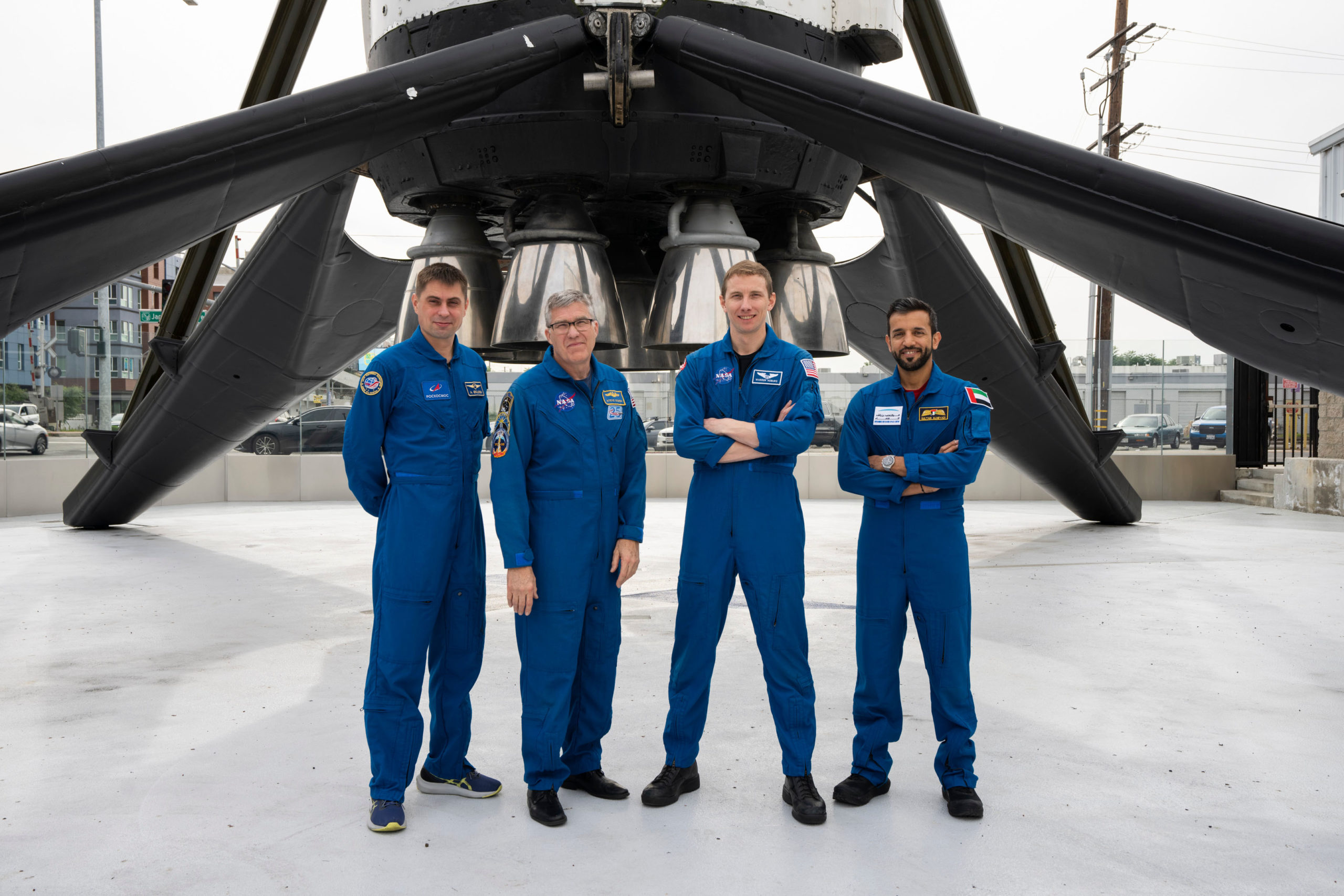
When Bowen, Hoburg, Fedyayev and Al-Neyadi arrive on the station, they will initially join Expedition 68 under Prokopyev’s command, before rotating into Expedition 69 with the departure of Russia’s damaged Soyuz MS-22 in March. Prokopyev, Petelin and Rubio launched aboard MS-22 last September, but following a coolant leak in mid-December, the spacecraft was determined to be unsafe for a “nominal” re-entry and managers elected to fly Soyuz MS-23 in an uncrewed capacity to the ISS.
Soyuz MS-23 launched from the Baikonur Cosmodrome in Kazakhstan at 5:24 a.m. Baikonur time Friday (7:24 p.m. EST on Thursday), with an expectation that it will dock at the station at 6:01 a.m. Baikonur time Sunday (8:01 p.m. EST Saturday). Current expectations are that Prokopyev’s crew will support a double-increment year in space, returning to Earth potentially in September, which might make Rubio the first U.S. astronaut to log more than 365 orbital days on a single mission.
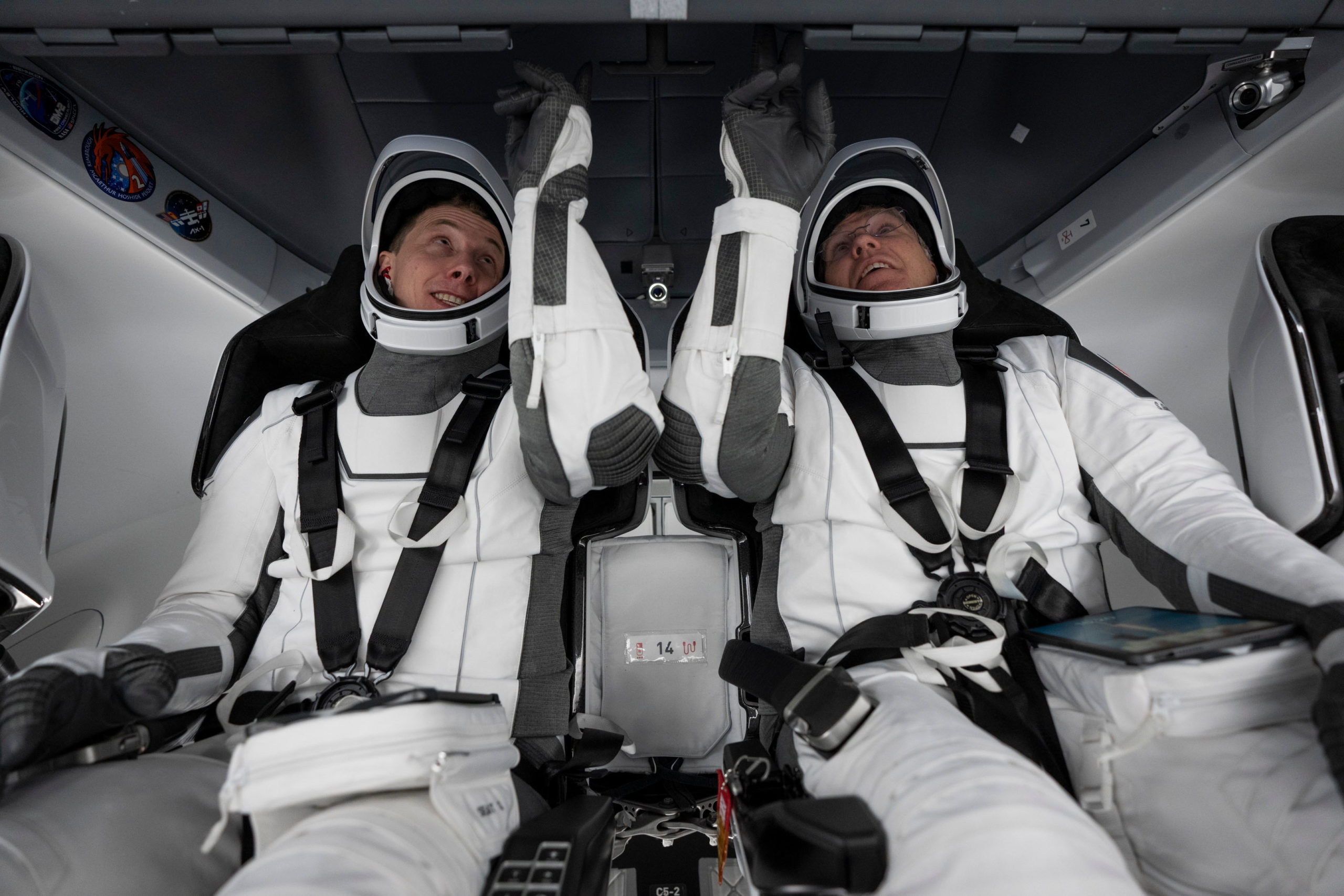
Turning to the incoming crew, Bowen—a veteran of three shuttle missions, including Discovery’s swansong in spring 2011—and “rookie” Hoburg were announced in December 2021 as Commander and Pilot for Crew-6, the sixth long-duration rotation of astronauts aboard a Commercial Crew vehicle. Last summer, Fedyayev and Al-Neyadi rounded out the quartet as Mission Specialists.
Fifty-nine-year Bowen, a U.S. Navy captain and former submariner officer, was selected into NASA’s Astronaut Corps in July 2000 and has logged over 40 days in space, including more than 47 hours of Extravehicular Activity (EVA) time on seven spacewalks. He will be joined by 37-year-old Hoburg, a civilian electrical and computer engineer, pilot and mountaineer who was an assistant professor at Massachusetts Institute of Technology (MIT) at the time of his selection as an Astronaut Candidate (ASCAN) in June 2017.
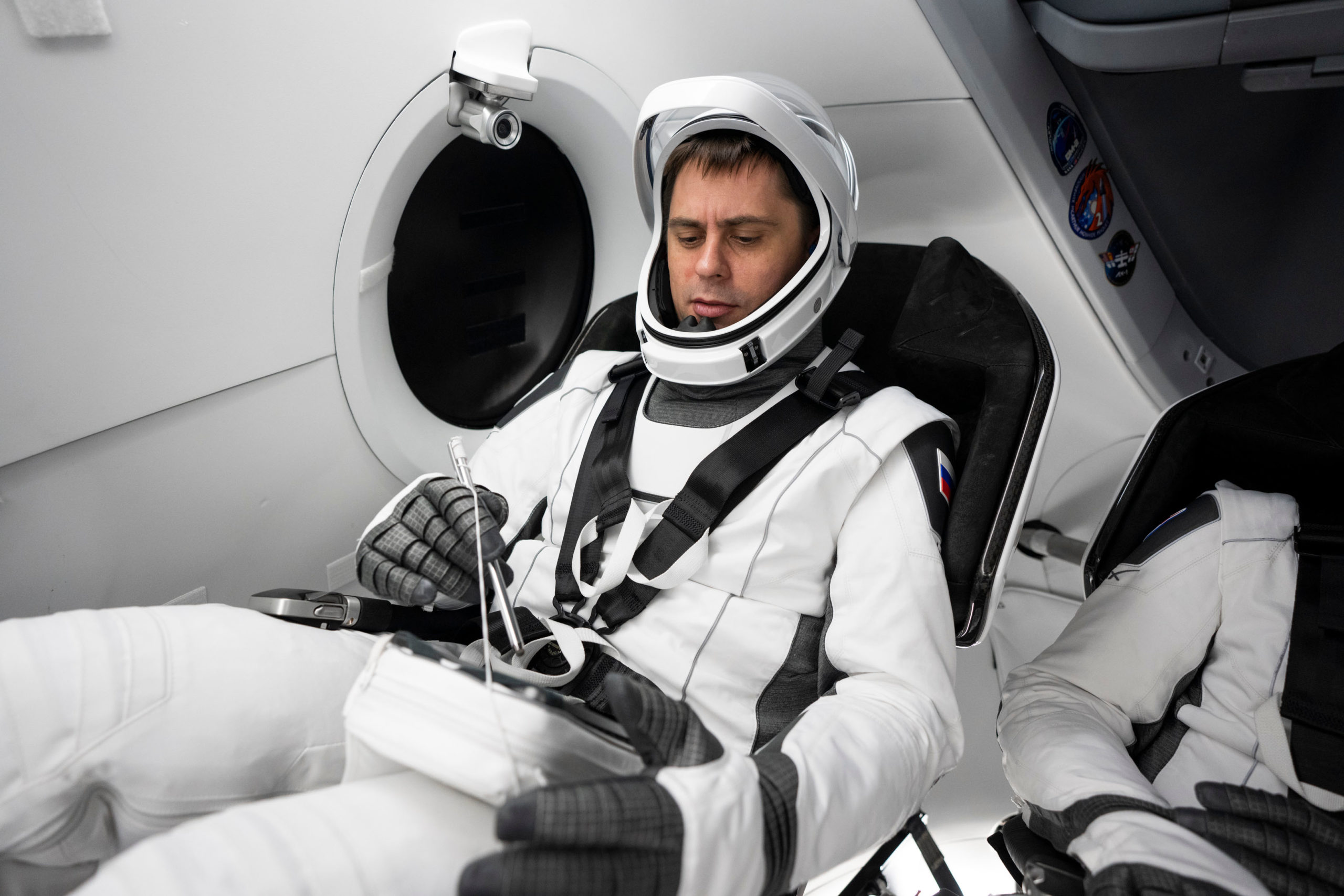
Forty-one-year-old Fedyayev, a former Russian Air Force major, with engineering degrees in air transport and Air Traffic Control (ATC), was selected into the Cosmonaut Corps in October 2012. He was announced last summer to serve in a backup capacity to Crew-5’s Anna Kikina and in a prime capacity on Crew-6.
Al-Neyadi, also aged 41, is set to become the second UAE spacefarer and the first to embark on a long-duration ISS stay. He earned academic qualifications in electronics engineering, information and networks security and data leakage prevention technologies from the United Kingdom and Australia and served in the UAE Armed Forces as a communications engineer, before being selected—alongside Hazzaa Al-Mansoori—as one of his country’s first two astronaut candidates in September 2018.
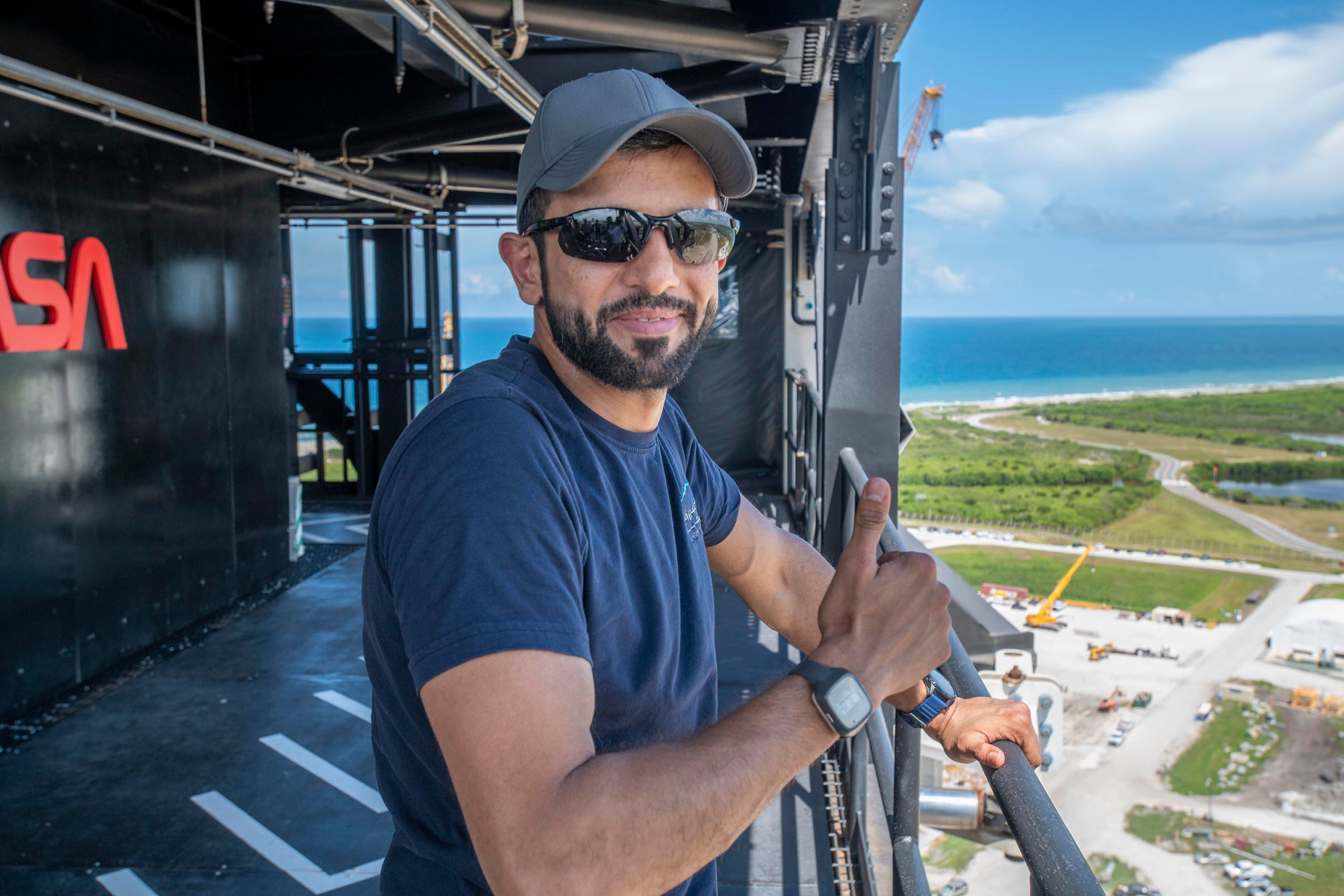
His Crew-6 seat was brokered last April by Houston, Texas-headquartered AxiomSpace, Inc., whereby UAE’s Mohammed bin Rashid Space Center (MBRSC) acquired a place aboard a SpaceX Crew Dragon. “The flight opportunity provided by Axiom has its origins in a no-funds contract signed between NASA and Axiom to fly a NASA astronaut on-board a Soyuz seat, previously purchased by Axiom, in order to ensure continuous U.S. presence on-board the ISS,” AxiomSpace explained.
“In exchange, NASA provided Axiom the right to use a seat owned by NASA on-board a commercial U.S. spacecraft traveling to the ISS in the future,” it was added. “Since the seats were deemed of equal value, there will be no future exchange of funds between NASA and Axiom for the flight opportunity.”
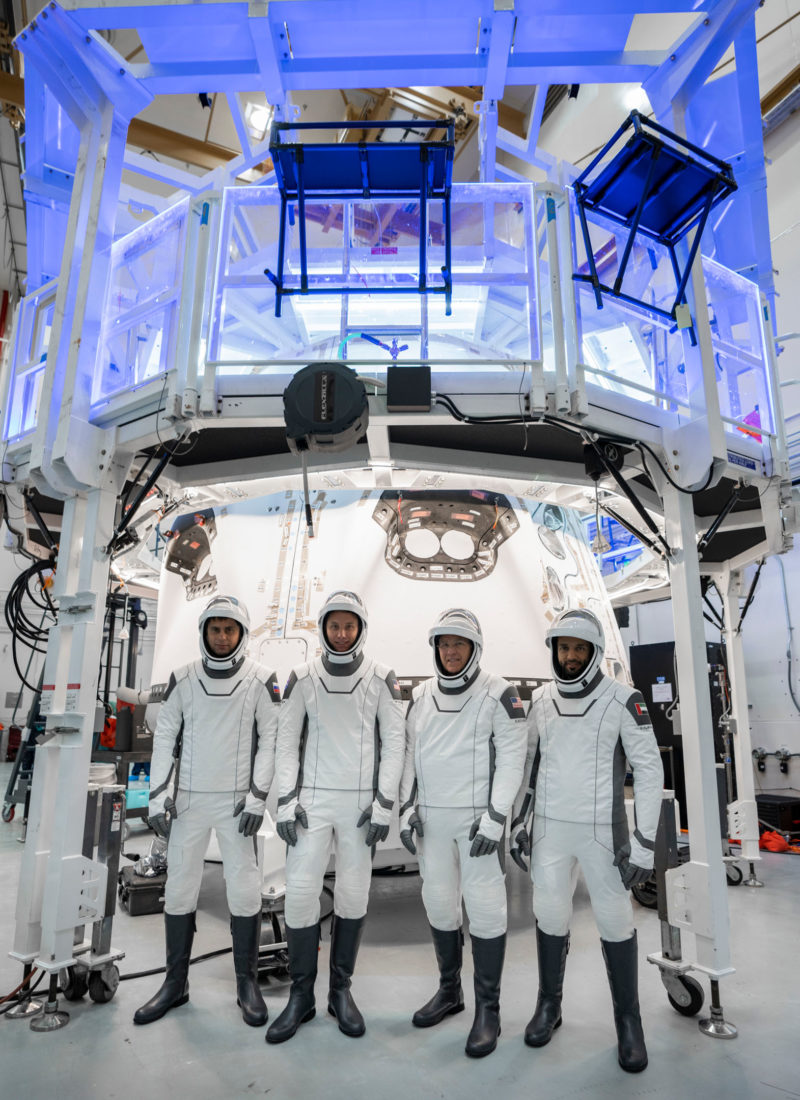
Bowen, Hoburg, Fedyayev and Al-Neyadi will fly Dragon Endeavour, which first entered the headlines on 30 May 2020 when she launched NASA astronauts Doug Hurley and Bob Behnken on a 64-day voyage to the ISS, which marked the first crewed mission executed from U.S. soil, aboard a U.S. spacecraft, and atop a U.S. rocket, since the end of the Space Shuttle Program. Hurley and Behnken named their ship “Endeavour” in honor of the shuttle on which they began their respective astronaut careers.
Following Hurley and Behnken’s triumphant return to Earth the following 2 August, Endeavour was pressed back into service for Crew-2, which launched NASA astronauts Shane Kimbrough and Megan McArthur, together with Frenchman Thomas Pesquet and Japan’s Aki Hoshide, on 23 April 2021. They returned to Earth the following 8 November after 199 days, the longest single mission by a U.S. crewed spacecraft.
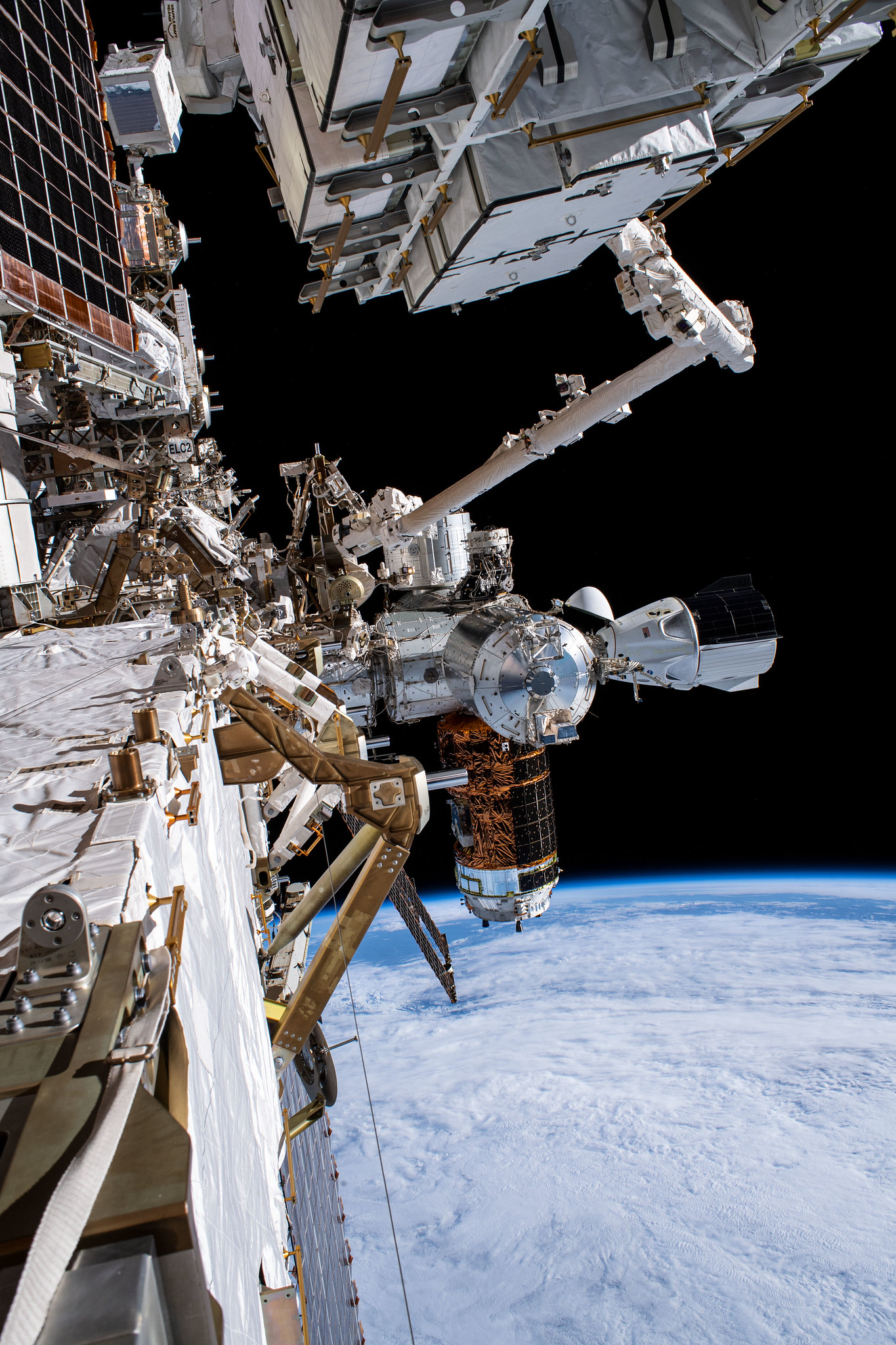
Endeavour’s third flight was Ax-1, the first all-private visit to the ISS with former NASA astronaut Mike Lopez-Alegria and entrepreneurs Larry Connor, Eytan Stibbe and Mark Pathy. Ax-1 launched last 8 April and returned to Earth 17 days later after completing a multitude of research experiments and educational and outreach activities.
With three missions under her belt, Endeavour has logged over 280 cumulative days in orbit, sitting in second place on the Crew Dragon league behind her sister Endurance. Her Crew-6 increment, expected to run through late August, is targeted for 182 days, per comments made last month by Bowen, which should make Endeavour the first Commercial Crew vehicle to pass a cumulative full year of on-orbit service.
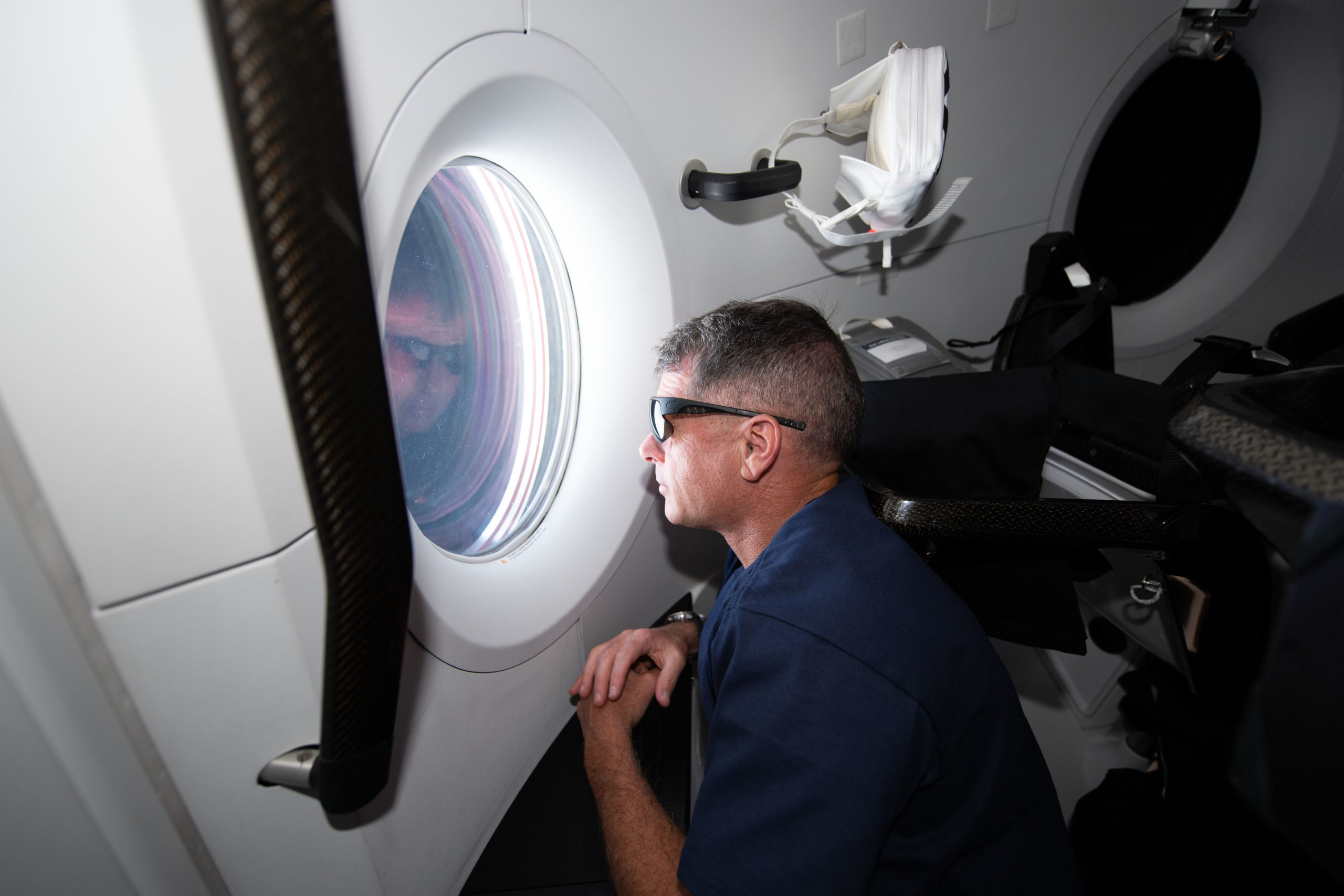
And Bowen’s crew has a busy six months ahead of them. As soon as 11 March, only days after Endurance departs, SpaceX’s CRS-27 Cargo Dragon will launch for a month-long stay, with what Bowen describes as “a full complement” of scientific gear.
“Usually, SpaceX vehicles, when they get to Space Station, it’s 30 days of continuous work,” Bowen said at a pre-flight news conference in January. This will be followed by Northrop Grumman Corp.’s NG-19 Cygnus cargo ship and the long-awaited Crew Flight Test (CFT) of Boeing’s CST-100 Starliner—crewed by NASA veterans Barry “Butch” Wilmore and Suni Williams—both targeted for April, with Ax-2 penciled-in for mid-May and SpaceX’s CRS-28 for early June.
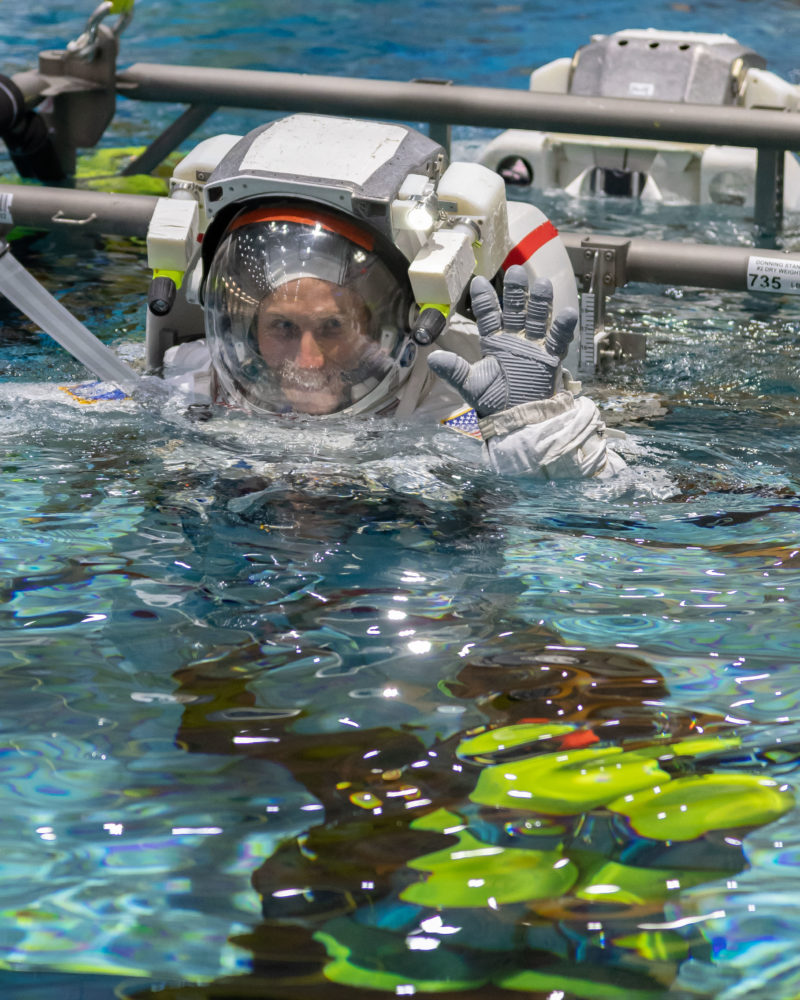
With a third and final pair of Boeing-built iROSAs set to arrive aboard CRS-28, the potential exists for a series of U.S. EVAs later in Crew-6’s increment to install the arrays onto Power Channels 1B on the station’s S-6 truss and 1A on the S-4 truss. Two earlier pairs of iROSAs were installed in June 2021 onto the P-6 truss and last fall onto the P-4 and S-4 trusses. “Modification Kits” in support of the 1B/1A work were installed by Koichi Wakata and Nicole Mann during a pair of EVAs earlier this spring.
According to Hoburg, there may be up to three U.S. EVAs after June to accommodate the 1B/1A tasks. “I think we’re planning two right now, with maybe a third as a contingency,” Hoburg said in last month’s Crew-6 press conference, “but I’m hearing it might become three because it is quite a bit of work.”
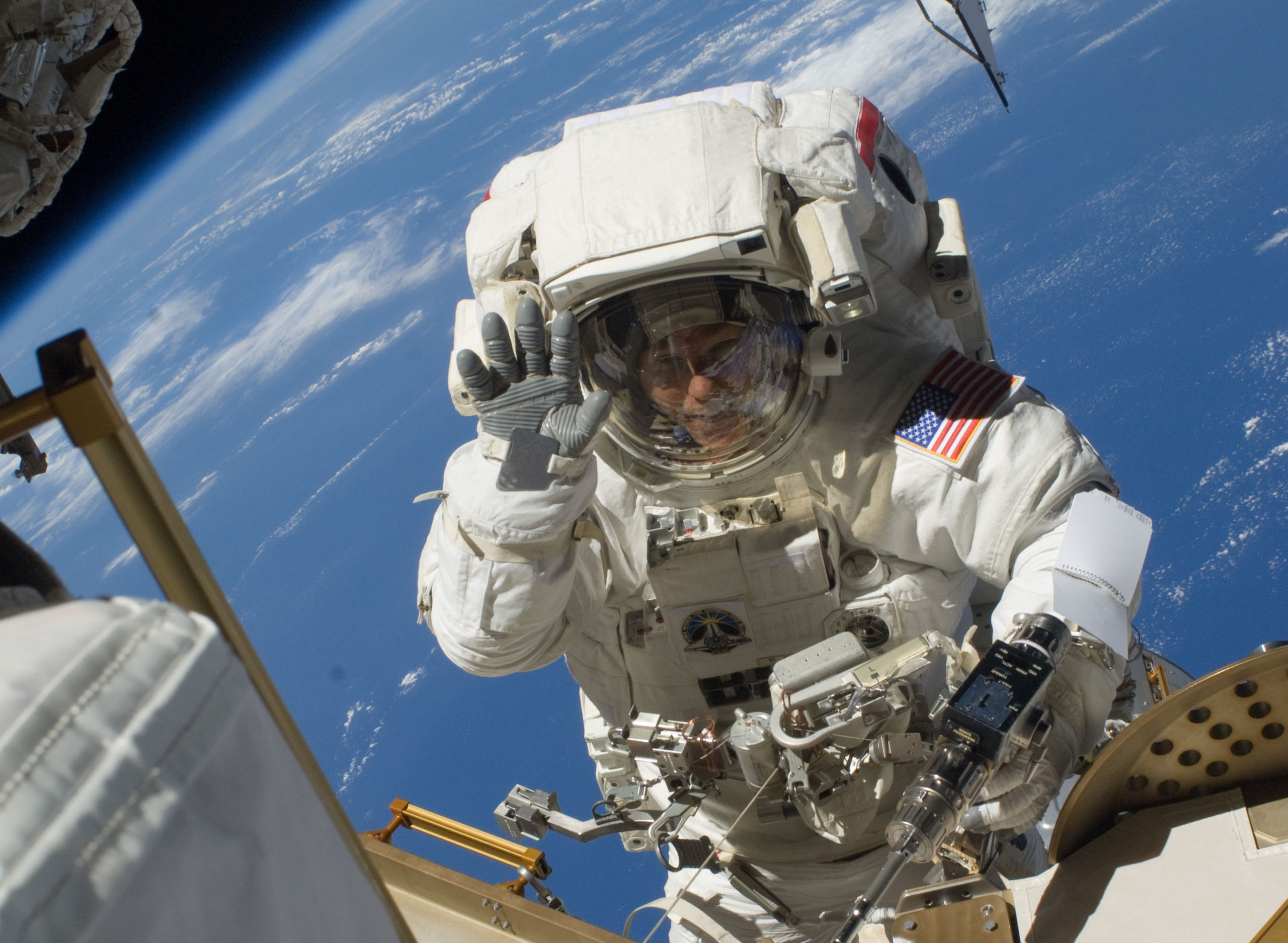
With a 182-day mission planned, according to Bowen, the crew’s departure and return to Earth is targeted for late summer, around 27 August. That will be around nine or ten days after the launch and docking of their Crew-7 replacements, currently listed as NASA astronaut Jasmin Moghbeli and Andreas Mogensen of Denmark, together with Japan’s Satoshi Furukawa. It remains to be seen if the fourth Crew-7 seat will go to a Russian cosmonaut or a U.S. Operational Segment (USOS) astronaut.
Three U.S. cargo vehicles, two crewed visiting vehicles, hundreds of experiments and the potential for up to three EVAs promises a hectic few months for the Crew-6 team. “We’re gonna be busy,” Bowen quipped, “but it’s gonna be a lot of fun.”
FOLLOW AmericaSpace on Facebook and Twitter!
Missions » Commercial Space »



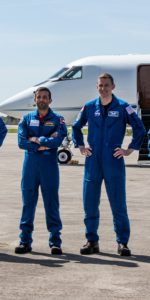
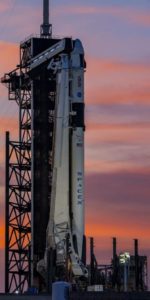
4 Comments
4 Pings & Trackbacks
Pingback:As SpaceX Lofts 40 OneWeb Satellites, Relativity Space Aims for Launch Attempt #2 on Saturday - AmericaSpace
Pingback:Crew-5 Splashes Down, Wraps Up Five-Month ISS Mission - AmericaSpace
Pingback:SpaceX Flies Eighth Mission of March, Looks to Ninth Launch Tomorrow - AmericaSpace
Pingback:SpaceX Targets Year’s 50th Falcon 9 Launch Tonight - AmericaSpace